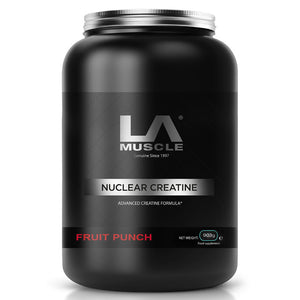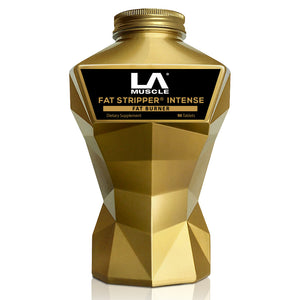
Pilates and yoga are often grouped together as mind-body practices with similar benefits, but they are distinct disciplines with different histories, principles, and physical benefits. Understanding these differences can help you choose which is best for you and how often you should practice them. Here's an extensive look at 10 key differences between Pilates and Yoga.
1. Origin and History
- Yoga: Originating in ancient India, yoga is a spiritual practice with a history spanning thousands of years. It's rooted in Hindu philosophy and aims to unite the mind, body, and spirit.
- Pilates: Developed in the early 20th century by Joseph Pilates, this practice focuses on strengthening the body, improving posture, and enhancing mental awareness. It has a more modern and clinical origin compared to yoga.
2. Core Principles
- Yoga: The core principles of yoga include physical postures (asanas), breath control (pranayama), and meditation (dhyana), aiming for a harmonious balance between mind, body, and spirit.
- Pilates: Pilates emphasizes control, concentration, centering, precision, breath, and flow. It's more about the physical aspect of strengthening the body, particularly the core muscles.
3. Primary Focus
- Yoga: Yoga focuses on flexibility, balance, and relaxation. It often incorporates spiritual elements and meditation.
- Pilates: The primary focus is on strengthening the core muscles, improving posture, and stabilizing the spine.
4. Equipment Used
- Yoga: Generally requires minimal equipment, with a yoga mat being the most common. Some styles use blocks, straps, or bolsters.
- Pilates: Often uses specialized equipment like the Reformer, Cadillac, and Wunda Chair, in addition to mats.
5. Breathing Techniques
- Yoga: Breathing is deep and meditative, focusing on the flow of energy.
- Pilates: Breathing is more about control and rhythm, often coordinated with movement.
6. Types and Varieties
- Yoga: Offers a wide range of styles, from gentle (like Hatha) to more physically demanding (like Ashtanga).
- Pilates: Varieties include Mat Pilates and Equipment Pilates, with some modern adaptations.
7. Physical and Mental Benefits
- Yoga: Enhances flexibility, reduces stress, improves mental focus, and can aid in spiritual growth.
- Pilates: Strengthens muscles, improves posture, enhances athletic performance, and focuses on body alignment.
8. Injury Rehabilitation and Prevention
- Yoga: Often used for stress relief and to improve flexibility, which can aid in injury prevention.
- Pilates: Frequently used in rehabilitation settings for its focus on controlled movements and core strengthening.
9. Community and Culture
- Yoga: Has a strong community aspect, often with a focus on spirituality and personal growth.
- Pilates: More focused on physical conditioning, with a community that often revolves around fitness and health.
10. Accessibility and Adaptability
- Yoga: Highly adaptable to different skill levels and physical abilities. Many poses have modifications.
- Pilates: Can be adapted but may be challenging for beginners, especially forms that use equipment.
Choosing Between Pilates and Yoga
Consider your personal fitness goals, physical needs, and interests. If you're looking for spiritual growth and flexibility, yoga might be more suitable. If your focus is on core strength and posture, Pilates could be a better choice.
Frequency of Practice
For beginners, practicing 2-3 times a week is a good start for both Pilates and yoga. As you become more comfortable, you can increase frequency. Listen to your body and adjust accordingly.
Both Pilates and yoga offer unique benefits and can be a valuable part of a balanced fitness routine. By understanding their differences, you can make an informed choice about which practice aligns best with your personal health and wellness goals.


























